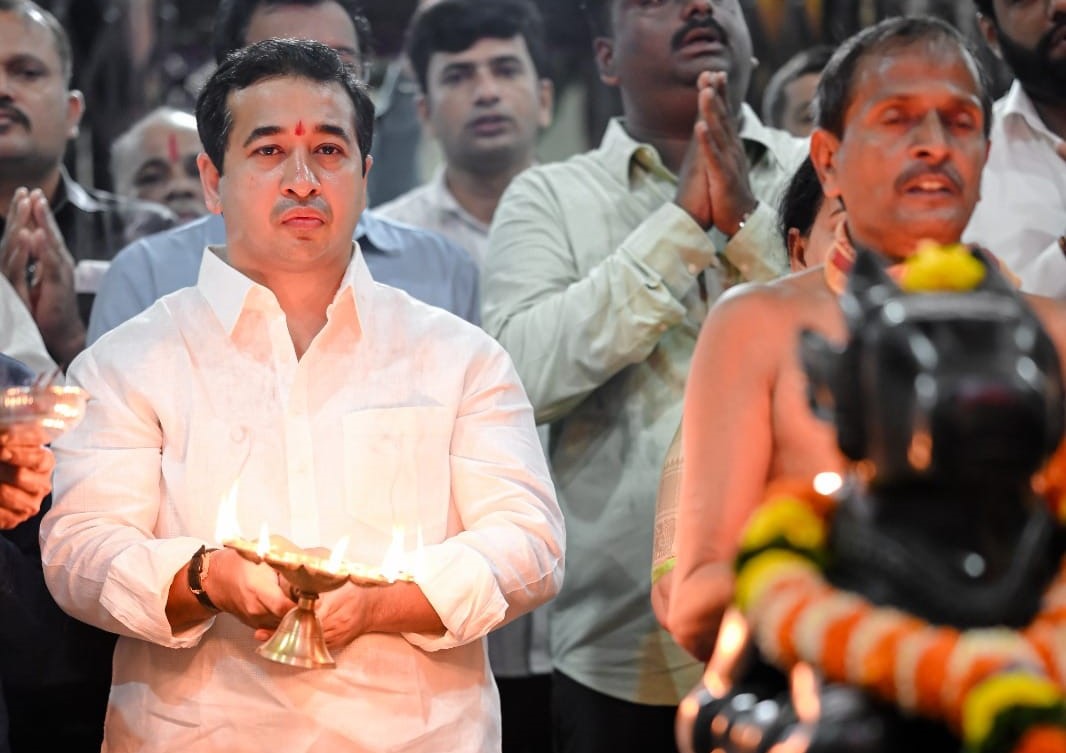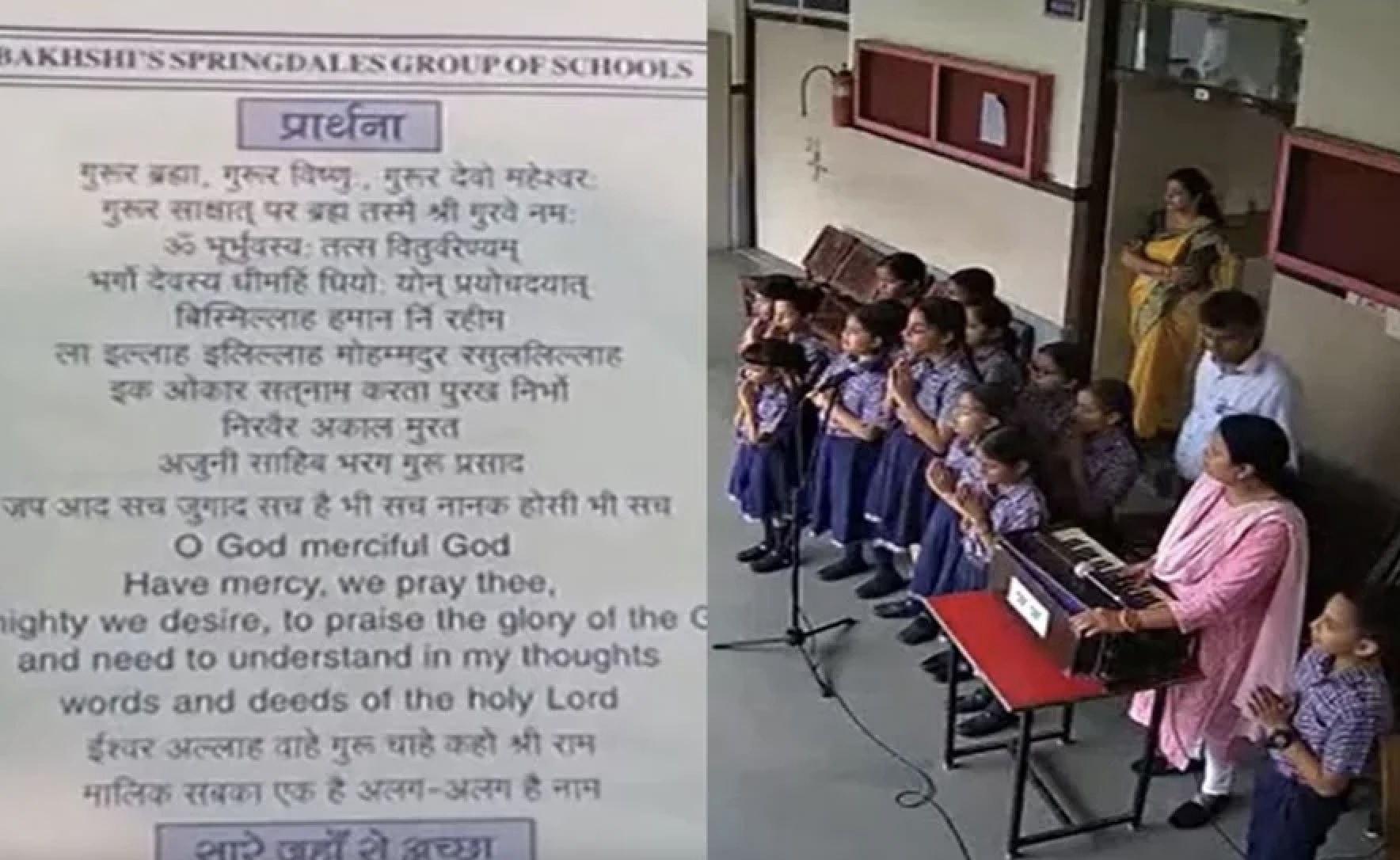
Hindu nationalists frequently anoint themselves the Indigenous people of India. This identity claim—informed by upper-caste sensibilities and a core part of Hindutva mythology—is misleading and harmful to numerous minoritized Indian communities. It undermines the status of Adivasis, “first dwellers.” It also provides fodder for assertive Hindutva conversion campaigns and land grabs that seek to disenfranchise Adivasis and Muslims.
In this essay, I explicate the distorting Hindu nationalist claim of indigeneity, unpacking the expansive and exclusive notion of “indigenous status for all Hindus and only Hindus.” Hindu majoritarian mistreatment of religious minorities bears marked similarities to how white Christians have abused native communities in North America. More broadly, Hindutva ideology on indigeneity resonates with a global far-right agenda to enforce nativist policies and undercut multiculturalism. I explore Hindutva’s global links and North American parallels to help highlight the ethical and material implications of Hindutva aggressions that target others’ identities and land. Claiming indigeneity for the politically powerful, Hindu nationalists seek to disempower already precarious marginalized communities and use the implausible projection of themselves as oppressed to further harsh majoritarian goals.
Hindu nationalist ideology is roughly a century old and is propagated by the Sangh Parivar, a loose coalition (literally, “family”) of Hindutva organizations. The Sangh Parivar maintains that Hindus are the only true Indians, an exclusionary claim at odds with history. Indian history is a long and messy affair stretching back thousands of years, but arguably two rare points of consistency are diversity and migration. Continual movements into the subcontinent over millennia have resulted in India being home to many cultures. Most if not all Indian communities have been affected by non-Indian influence at some point. India’s incredible diversity and robust migration trends also present complications for speaking about Indigenous communities. As one scholar has suggested about identifying Indigenous versus non-Indigenous groups, “In places like India, with an ancient history of engagement between various civilizations, the problem is so difficult that to speak of indigenous peoples tends to confuse issues of identity rather than to clarify them.” Still, there is a world of difference between arguably imperfect terminology—such as describing Adivasis as Indigenous—and structurally appropriating others’ voices to disenfranchise them. Hindu nationalist indigeneity dogma falls into the latter category.
Replacing and homogenizing Adivasis
India hosts a robust set of Indigenous or “first dweller” communities, called Adivasis, whose rights are endangered by Hindu nationalist activities. In the first instance, Hindu nationalists seek to appropriate Adivasi indigeneity, with profound ethical and material consequences. As per the Indian census, Adivasi communities constitute more than 8 percent of the current Indian population. Adivasi religious and cultural traditions are internally diverse but generally emphasize connections with nature. They are distinct from mainstream Hinduism, especially upper caste practices that tend to dominate in Hindu nationalist discourse. Many Adivasis face discrimination from caste-privileged Hindus, such as segregation, untouchability practices, and sexual harassment. Despite community activism and some media attention to Adivasi struggles, these communities remain underserved in modern India, including by Hindu nationalists who reject even that Adivasis are a distinctive set of communities.
Hindu nationalists also aim to homogenize Adivasi communities—in a sense making their denial of discrete Adivasi identities retroactively true—through aggressive conversion campaigns. Hindu nationalists run one of the most extensive ongoing missionary efforts in the world, called “Ghar Wapsi” (literally, “returning home”). Ghar Wapsi is premised on the ahistorical ideas that all inhabitants of the subcontinent used to be Hindu, and so non-Hindus should “return home” to their original religion. In reality, Ghar Wapsi campaigns seek converts to Hinduism, full stop. To characterize this as “reconversion” without further qualification is to reinforce Hindu nationalist propaganda.
Adivasis have been among the primary targets for Hindu missionary activities dating back to the late colonial period, when two related things happened. One, Europeans coined the term “Hinduism” that was soon adopted by many Hindu communities to collectively refer to a diverse set of groups under a single label. Second, some Hindu groups, such as the Arya Samaj, formulated conversion protocols called “shuddhi” (purification) that allowed them to convert communities outside of the newly demarcated “Hinduism” through the adoption of upper-caste norms, such as wearing caste markers, eschewing liquor and meat, and worshipping certain gods. Hindu conversion missions led by the VHP and other Sangh Parivar groups are ongoing today, especially in India’s northeast where tribal communities are particularly strong.
Hindu nationalist efforts to convert Adivasis to Hinduism, India’s dominant religion, have strong parallels with Christian missionary activities vis-à-vis Native Americans. These Christian conversion attempts were especially robust in the nineteenth century and involved, like akin Hindu nationalist activities, an emphasis on Indigenous groups altering dress, gods, and lifestyle. Both missionary efforts have been accompanied by land grabs, with the Adivasi fight ongoing to prevent their lands from being seized by a Hindu nationalist state. In general, Hindu and Christian nationalists seek to exploit, rather than preserve, natural resources (despite some Hindutva rhetoric to the contrary). Both have also been plagued by patterns of abuse. In the past twenty years, many Hindu nationalist Ghar Wapsi campaigns have been credibly accused of using a wide range of intimidation tactics (e.g., here, here, here, here).
This story was originally published in tif.ssrc.org. Read the full story here






